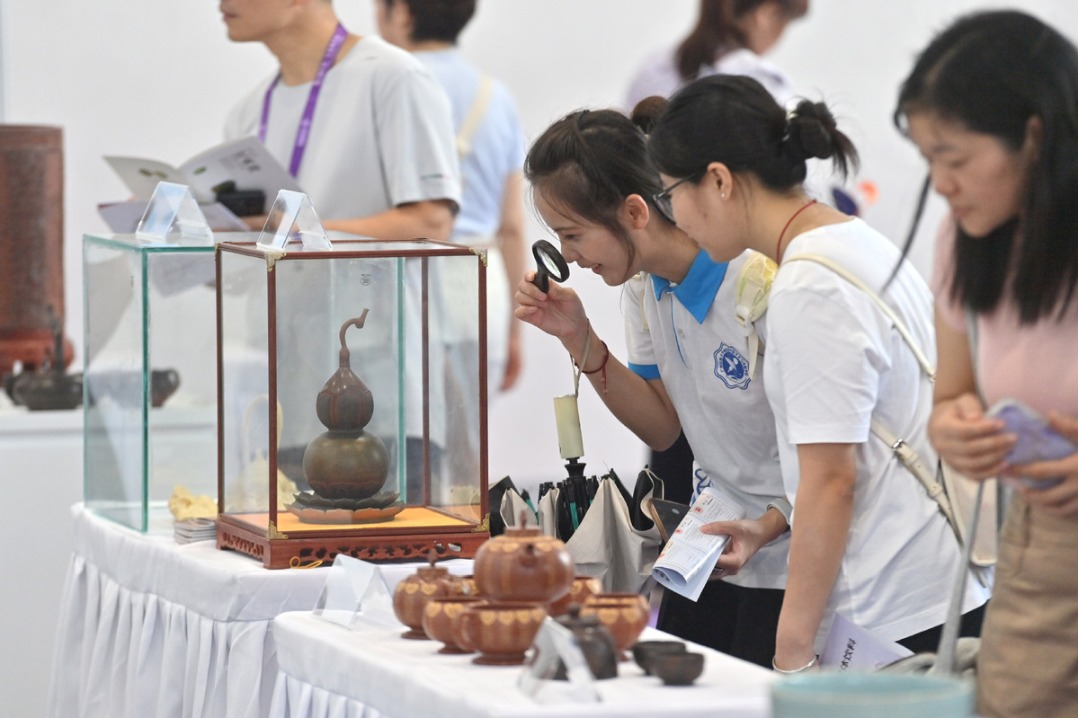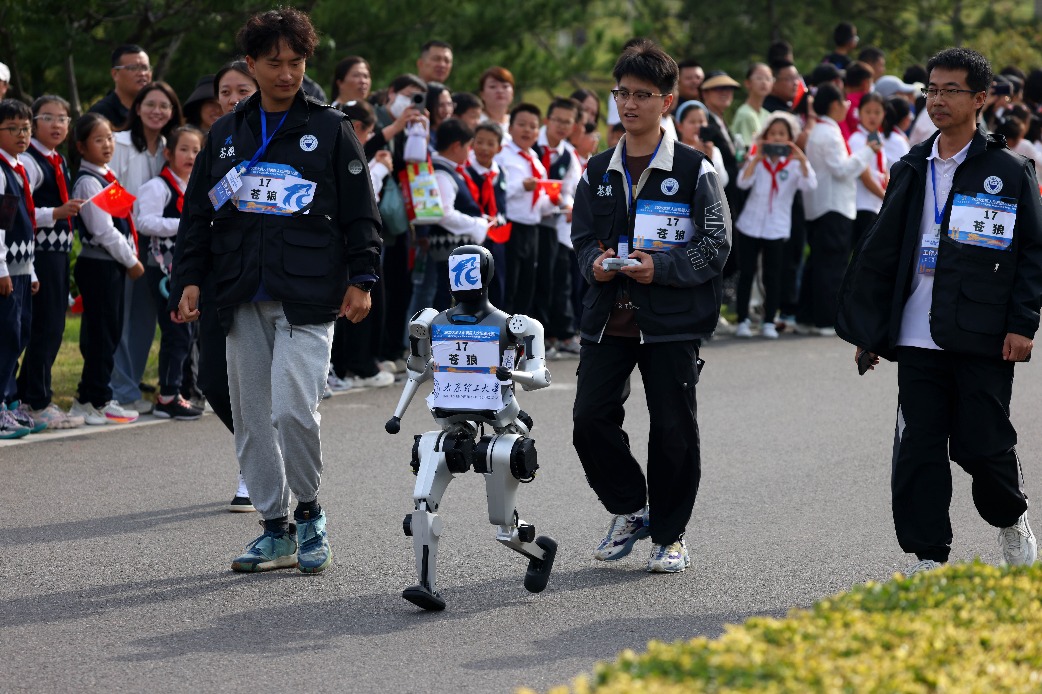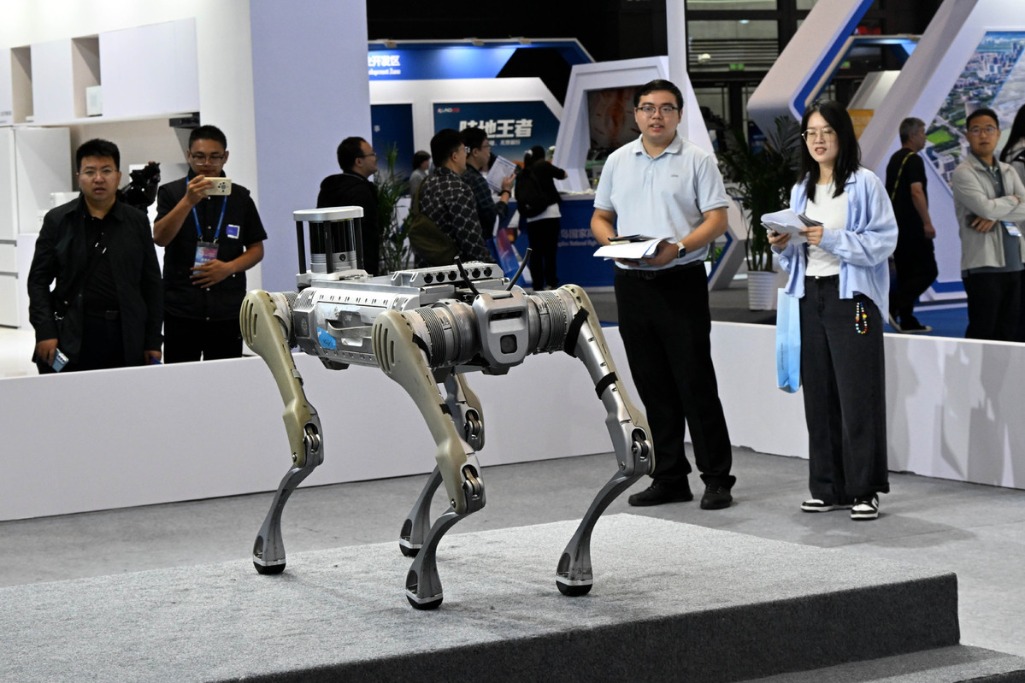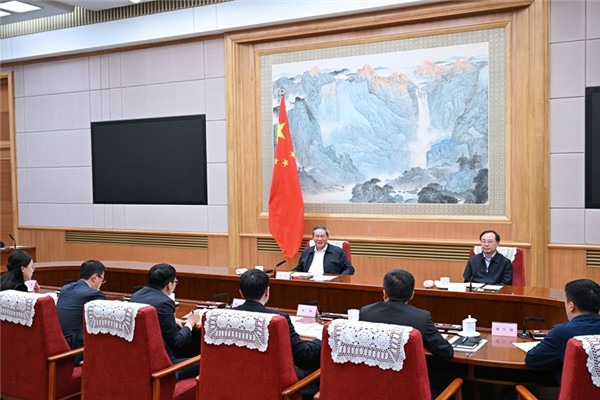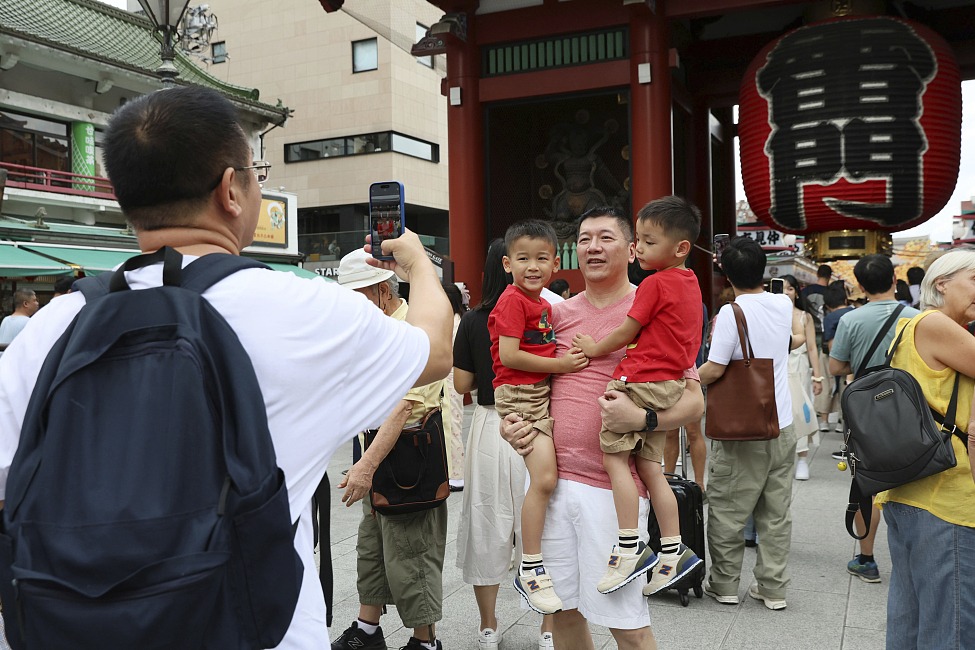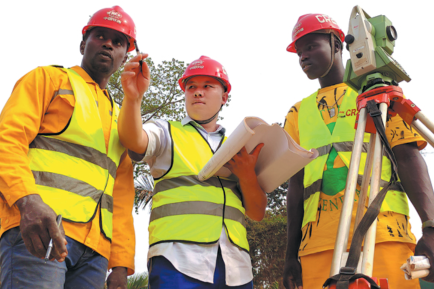Chinese architects drive global dialogue on the future of the built environment

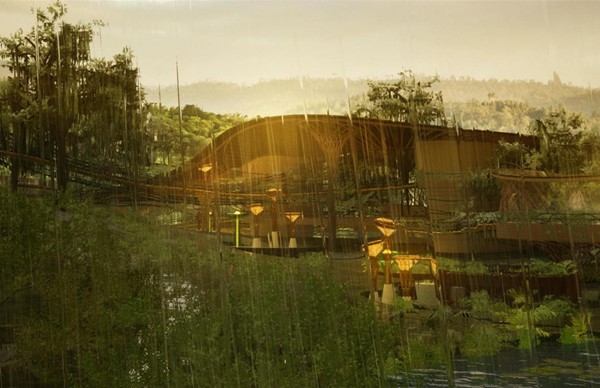
Amid globalization, an increasing number of Chinese architects are reaching out to global audiences with innovative architectural designs, contributing to ongoing international conversations on sustainability and the future of the built environment.
New York-based Chinese architect Yiyi Gao has received international recognition for her conceptual project "The Word for World is Forest", an exploration of how architecture can exist in symbiosis with the natural environment.
Inspired by Ursula K Le Guin's science fiction, the project envisions a future community in Shukuvena village, Brazil, where built structures and rainforest ecology evolve together.
"Architecture is conceived not as a static object but as a living organism, cultivated from the aerial roots of native rubber fig trees," she said, noting that in responding to the deforestation, her vision proposes structures with cultural, spiritual and ecological significance, presenting an alternative to development models rooted in depletion of natural resources.
Gao, who was raised in China and New Zealand, holds a Master of Architecture degree from Columbia University. Drawing from her multicultural background, her work often investigates how design can respond to environmental and social contexts.
"In harmony with the architecture, algae ponds and aquaponic systems powered by fish waste create a regenerative closed-loop network that supports fertilizer production, carbon capture, and bio-oil harvesting on site," she said.
It has been learned that this speculative proposal re-centers indigenous stewardship and redefines the rainforest not as a resource to exploit, but as a sovereign ecosystem, reimagining a self-sustaining future where architecture is grown rather than built, co-owned by its people and the forest.
"The project is not only about envisioning new architectural forms, but also about rethinking how humans and the natural environment can coexist," Gao said. "I hope it encourages us to imagine communities that thrive in balance with nature rather than at its expense."
In 2025, the project was honored at the Architizer Vision Awards, receiving an Honorable Mention in "Architectural Concept - Vision for Nature" and named a finalist in "Rendering - Architecture + Environment".
Organized by Architizer, one of the biggest international platforms spotlighting the world's best architecture, the award highlights forward-looking ideas in architecture, design and technology, celebrating projects that expand the possibilities of the built environment, with categories ranging from speculative design to advanced visualization.
With a jury consisting of Time's named America's Best Architect Steven Holl and AIA National Service Award recipient Daniel Libeskind, the award was given to one of the few standing out and being identified as an industry leader for architecture and design worldwide.
Competing against professional companies and visualization teams, Gao was one of the few individual participants in the Architizer Vision Awards competition, and more remarkably, one of the rare individuals to win multiple awards.
It has been learned that in addition to receiving distinctions at the Architizer Vision Awards, Gao's dedication to advancing architectural visualization is also evident in her professional practice.
She is currently an architectural designer at the award-winning New York studio Fogarty Finger, where she has contributed to several prominent projects, including the forthcoming landmark commercial tower at 343 Madison Avenue, adjacent to Grand Central Station and scheduled for completion in 2028.
At the firm, Gao serves on the visualization committee, a select group recognized for their expertise in rendering and digital design. In this role, Gao has helped establish firm-wide visualization standards and led the adoption of innovative digital tools that enhance design communication and project delivery.
By combining research, design, and visual representation, Gao's work contributes to ongoing global conversations about sustainability and the future of the built environment. Her work has been shared through academic platforms, media outlets and interviews, amplifying the dialogue around regenerative futures and the role of design.
"My practice demonstrates how architecture can serve as both a cultural and environmental agent, offering new possibilities for communities and ecosystems facing the pressures of climate change," she added.
Please contact the writer at hanjingyan@chinadaily.com.cn



















